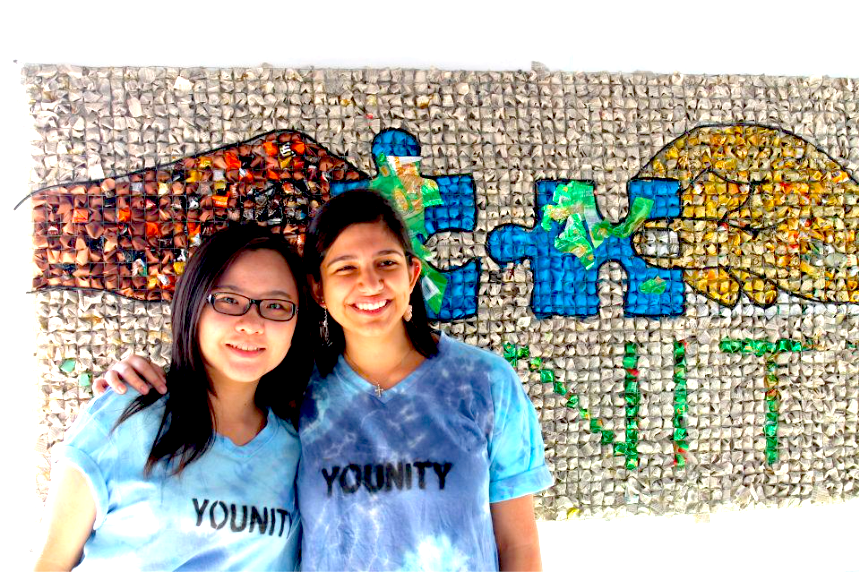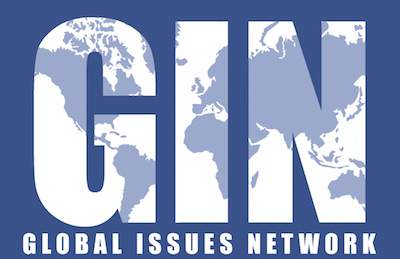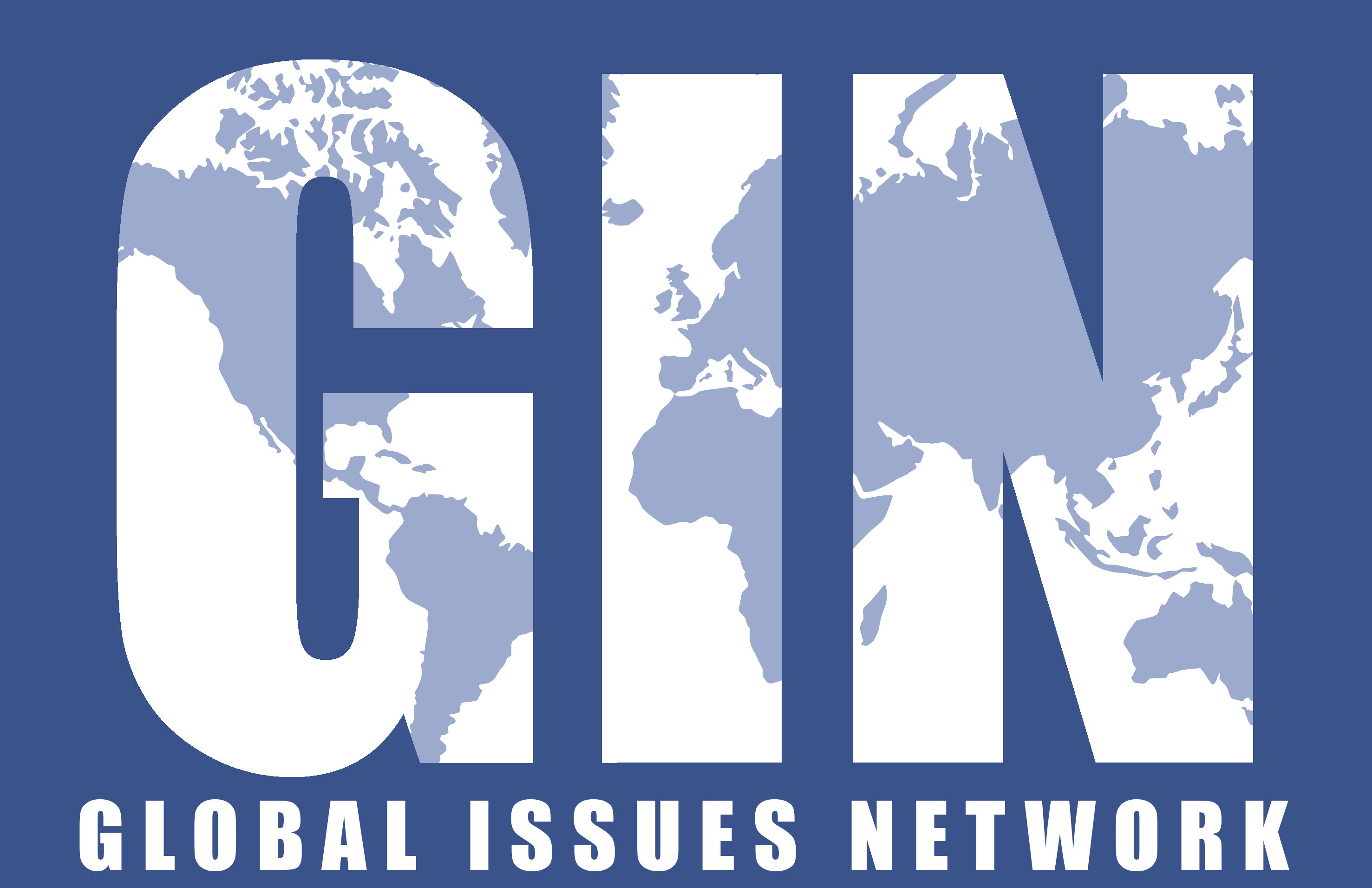GIN: Student-Led Empowerment
We Are A Network of Global Citizens
As Global Citizens, it is YOUR time to ACT. This is (Y)OUR time to create local-global change with real impact! You have taken up your global citizenry and accepted the challenge of applying your passion; you are creating positive change through action!
Global Issues Network is made up of individuals and team from around the world with expertise and experience that have shaped and forged our way forward as a global organization of changemakers.
We want to support you in recognizing your strengths and challenges as individuals and as a team. We have found that to truly make a change you must be willing to stand by your convictions. To put your words into action. You have joined this network as leaders of today who are working together towards positive change and solutions. Yet, you cannot go it alone.
To make change you must realize that this is a joint effort, one that necessitates that you work with people in your direct community and around the world to empower and educate each other; to move forward together.
To realize our present and imagine our future, we must understand our past and act on our passion.
WHAT IS A GIN PROJECT?
A GIN project can take many forms. It is an expression of passion and a result of effective collaboration. A GIN project is focused on working to sustainably address global issues in your direct community. GIN student teams develop GIN projects through dialogue and research in their community driven by their self-identified passion. Student teams are expected to create a sustainable GIN project based on community identified needs and issues while, incorporating and tying together the following thinking frameworks to effect change: historical methodologies, cultural perspectives, community-centered empathetic action, as well as sustainable design and systems thinking. Within this process, students formulate a shared understanding, expression, and implementation of local solutions to global problems.
Your project can focus on any issue you and your community have found to be important. Your project must aim to make real and sustainable change in your community. You can start with your school, your neighborhood, your city, your country, your world; you define (Y)OUR community. Remember, it starts with you!
To make lasting positive change we must realize that this is a joint effort, one that necessitates that we listen and work with our direct community and around the world, shoulder-to-shoulder, to empower and educate each other, as a local-global team of changemakers.
Below you will find examples of different project models. You can also find many of the projects students are working on if you click on any of the conferences you see on the timeline that have the menu option “Student Workshop Sessions” or “Sessions.”
- GIN Teams will document their project process to support best practices in understanding and creating replicable sustainable change.
- GIN Teams will work to empower Global Dialogue and Action through their work as local-global changemakers.
- Seek peer review
- Continue to grow their knowledge and skills as effective change-makers
- Measure, Evaluate and Analyze their work
- Improve, Innovate and reiterate GIN Project solutions and challenges
- Final Product: There is no final product, we continue to evolve and develop our process; our work is never done!
We ask that you use the following levels of engagement to measure and evaluate where you are in your GIN Project process and where you might go to continue to empower yourselves and your local-global community:
- Level of Engagement 1: Just Starting
- Level of Engagement 2: Working Towards Sustainability
- Level of Engagement 3: Growth Point, Scalability & Transferability
| Self Knowledge and Reflection | ||||
| Students actively seek to understand their strengths, talents, learning styles and preferences. They set learning goals for themselves, take time to reflect on their process as a learner, peer, and agent of change, and evaluate their own success and change. | ||||
| Student-Lead | ||||
| The project is initiated, creatively controlled, and implemented by students. The success and failure of the project is within their scope of control. Students seek help from peers, mentors, and community experts as needed to advance the project. | ||||
| Real Challenge | ||||
| The project begins because of an identified local- global challenge, and the project purpose is to educate, inspire, mobilize, empower, and equip the local community to take action in being part of the solution to the problem. | ||||
| Collaboration & Partnership | ||||
| The project employs the talents, skills, knowledge base and resources of a variety of people, organizations, and businesses. Project participations learn from and are empowered by each other in a learning community. Together they grow the network of people that support the project actions being taken towards solving the problem. | ||||
| Empathetic Action | ||||
| The project employs a community-centered approach where real relationships are built through observation, surveying, interviews, ongoing dialogue, and collaborative problem solving that is inclusive of a diverse group of community members. Testimony from community team members, participants, community members served by project shows empowerment and development of all participants. | ||||
| Interconnectedness | ||||
| The project employs Systems Thinking or other strategies that show deep understanding of past and present relationships, causal patterns, collection and analysis of experiential histories, and academic research. | ||||
| Sustainable Strategic Planning and Implementation: | ||||
The project plan shows that sustainability is an ongoing priority by:
|
||||
| Measurable Impact | ||||
| Students communicate project goals through Key Performance Indicators (KPI) that show the project is making real change, and track their progress through collection of data that is both quantitative and qualitative. |
Co-developed by GIN Staff, Founding GIN Youth Directors and GIN Educator Advisor (Britta McCarthy)
INSTRUCTIONS FOR GIN PROJECT TEAMS
- All GIN Project Teams will register on the main site as individuals and soon as GIN teams.
- All GIN Project Teams will complete a GIN Project Action Plan.
- Advisors and Mentors will support Project Team/s in the GIN Workbook process.
- Share Your message:
- Local School Community Network and Schoolwide GIN Conference and GIN Events
- Present your work to your class and school
- Encourage your student body to get involved
- Heighten awareness of your local-global issues and action
- Local school community network outreach education and workshops
- Local School Community Network GIN Conferences
- Present your work to your class and school
- Participate and engage at your regional GIN Conference
- Develop and share your GIN Project Workshop
- Report back to your school community
- Local School Community Network and Schoolwide GIN Conference and GIN Events

